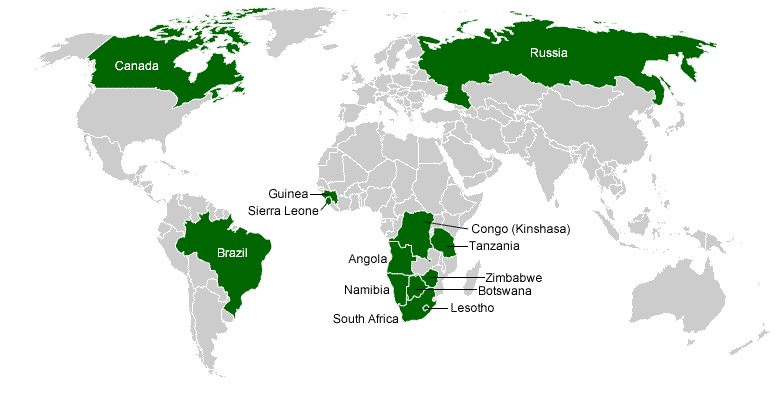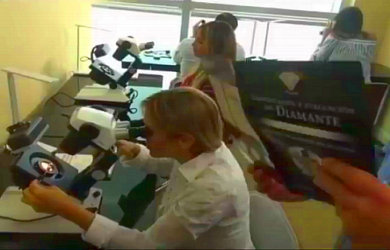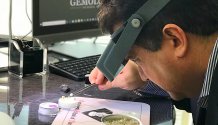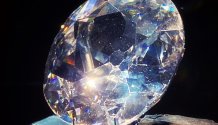The most important diamond deposits are found in:
India: Source of the ancient diamond production; currently they are extinguished. Its exploitation goes back top the 1,000 B.C.
Brazil: Secondary Origin, its exploitation started in 1728.
Africa: The exploitation of African deposits started in 1867. South African deposits are primary and secondary. Primary ones are located near Kimberley: this is where the famous Cullinan and Excelsior were found.
In Western South Africa, Congo and Angola, there are secondary deposits; even when they produce very well crystallized stones, due to the yellowish shade they portray, they are solely for industrial purposes.
Siberia: Possesses large primary and secondary deposits.
Venezuela: deposits were discovered in 1901; production has increased, especially in the last years. The chief areas are: Guaniamo, La Gran Sabana and San Salvador de Paúl. A high percentage of the production is for industrial purposes.

THE SYNTHETIC DIAMOND
In the year 1955, after four years of striving efforts, scientists of the ‘General Electric Research Lab’ attain the sought-after success of producing synthetic diamonds.
The researchers in charge of the experiment were: Dr. Francis P. Bundy, Tracy Hall, Robert Wentorf and Herbert Strony. They managed to create similar conditions to those within the Earth at a depth of 240 miles, at a temperature of 5,000 degrees F and 1,500,000 pounds per square inch. At the beginning it was 0.10 carat stones, but after (in 1970) they achieved gems of one carat. The cost of such stones is much higher than the cost of natural diamonds.
Modern technology opened Pandora’s box to the world of gems, as the most perfect imitations stem from here, for the bewilderment, consternation and dismay of men.
When speaking of a precious stone of such high value, as is the case of a diamond, experience is not enough to make the separation. Study and technical knowledge, taught in gemology are vital. The services of a gemologist, a professional which provides security both for the company and the public, as he/she possesses more sophisticated and modern notions and instruments to be able to identify any imitation, as perfect as it may be.




